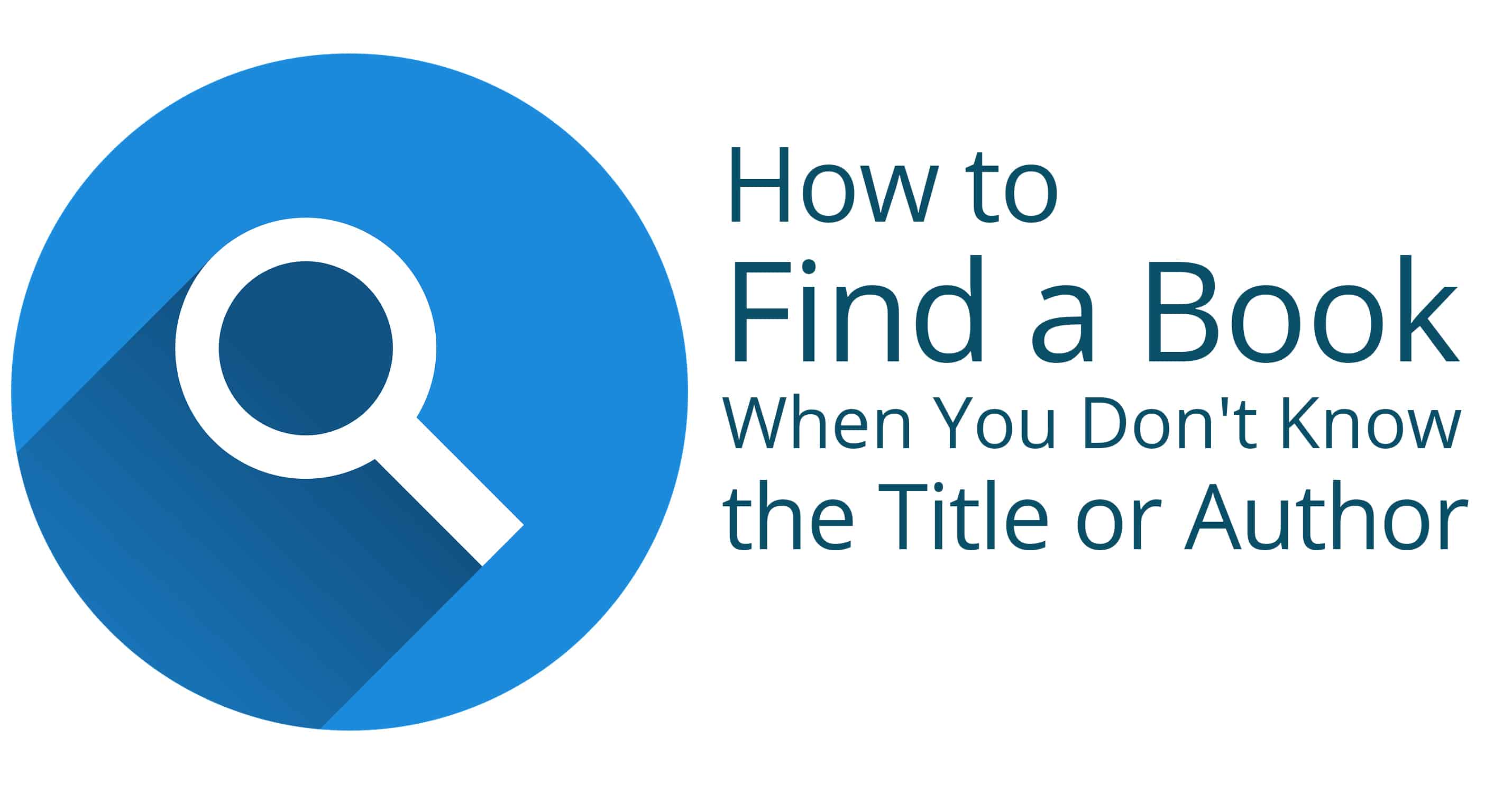
Structure has always been one of the most important aspects of a novel to me. The frame novel style is one of my favorites, whether I’m reading or writing. I first discovered this technique many years ago when reading the stories of Nevil Shute. Since then I’ve enjoyed discovering the technique in classic literature and using it in my own novels.
What is a frame novel?
A frame story is a narrative that frames or surrounds another story. It usually appears at the beginning and end of that larger story.
Why do writers use the frame structure?
A frame can provide important context and key information for how to read the story. A frame can also serve to tie together shorter tales and give unity to the entire work.
What are examples of a frame story?
The oldest example of a frame story must be A Thousand and One Nights, which dates to around 750 AD. English literature abounds with examples such as: The Canterbury Tales, Wuthering Heights, “The Rime of the Ancient Mariner,” Frankenstein, and Life of Pi.
How did Neville Shute use the frame technique?
A frame story can actually be thought of as bookends. An excellent example is Neville Shute’s most beloved novel A Town Like Alice where in the first book we see Jean Paget in post-World War II London going off to Malaysia to build a well in a village.
The center of the book between the two bookends flashes back to the well-known story of the Malaysian Women’s March where Jean acts as an interpreter for the women with the Japanese, and the Australian soldier Joe Harmon, also a prisoner, helps them survive.
The final bookend returns to Jean building the well in Malaysia, where she finds Joe again.
This example shows how the frame story leads the reader from the first story to the central one and establishes the context for the embedded account before bringing us back to the opening narrative.
How has the frame style helped my storytelling?
I have found this technique a great help in creating a context for interpreting my central story, especially for historical novels. It gives the reader clues to the meaning of events, can show how events in the past have impacted life today, and helps today’s reader relate to long-ago events.
I used this technique in my Arthurian grail search epic Glastonbury by framing each of the historic sections with Austin Ringwode, the last of the Glastonbury monks after the dissolution of the monastery. Ringwode meditates on the Holy Grail: its history, its location, and its meaning. Hopefully, this leads the reader to similar questions.
In my current project The Celtic Cross Series, the history of Scotland and Ireland is put into context through the frame story of a young American women in the 1990s. Mary goes to Scotland and is caught up in a search for the Stone of Scone, thereby taking readers to the geographic locations today where the historic scenes occur. My goal is to give my reader a sense of being on the scene with this frame.
In the Irish epochs, Mary and her Scottish fiancé go to Northern Ireland at the end of the Troubles to work in a reconciliation center as part of the peace process. Mary struggles to make sense of the violence she sees around her and begins reading the family history journals their host offers her. This eases the reader into the complex and painful accounts of the history of Ireland that are the heart of the story. It is my aspiration that Mary’s quest for understanding and for peace will become everyone’s desire.
Have you written or read a frame story that you enjoyed? If so, what did you feel the frame added to the storytelling? Let me know in the comments below!

















Comments